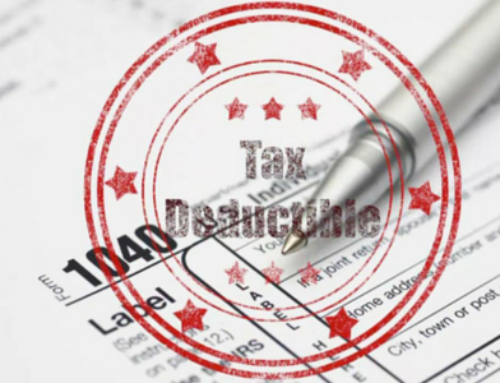Proper inventory management has many factors and is not straightforward, especially with regard to costing and reporting. A CPA can advise you on the best practices to manage inventory while determining the best way to record and report it for maximum financial and tax benefits.
Inventory Management
A seller of goods needs to keep inventory at optimal levels at all times. Manufacturers, in particular, have several different kinds of inventory: Raw Materials, Work in Progress, and Finished Goods. This pipeline is crucial for maintaining enough product to keep customers happy while not having too much of any, in order to control costs. Whether you manufacture or buy finished products to resell, a good CPA will help you analyze your demand, make future projections, and develop optimal inventory goals and reorder points. Purchasing your materials in small quantities from suppliers for just-in-time deliveries is a key component to proper inventory control at the beginning of the pipeline. This may require developing exclusive purchase relationships with trusted sellers in order to lock in low rates for small lots, which many suppliers are willing to do if they are confident of your ongoing business.
Inventory Costing
There are four types of inventory costing methods, and each one has advantages over the other, depending on your particular industry and inventory.
- First-in-first-out (FIFO): When using FIFO, the first items of inventory that come in are considered the first ones sold. This is a preferred method for goods that spoil or have an expiration date.
- Last-in-first-out (LIFO): This method of costing assumes that the last items in are the first items sold.
- Specific Identification: If items sold are each large or unique, they are specifically identified when sold.
- Weighted average: If large numbers of essentially identical items are sold, the average cost is used.
Costs of Inventory
Besides the costs of the goods themselves, a CPA will help you identify other costs to offset your income on your tax reporting. This includes certain costs often lumped into overhead:
- Wages and expenses for all employees involved in the process, from procurement through production and inventory management, including administrative staff
- Cost of space, including depreciation, insurance, maintenance, storage racks, etc.
- Interest cost from purchase of inventory, space, or other equipment
- Cost of obsolescence
Inventory Reporting
In this area particularly, your CPA will be most helpful. A CPA experienced in inventory management will be able to determine what the best reporting method will be for your particular situation. Depending on your level of inventory expense and your sales volume, you have a variety of options:
- Non-incidental materials and supplies
- Cash basis
- Accrual basis
Whether you use cash or accrual depends on which you are already using as your method of accounting. If you are using the cash basis (recording cash as it flows in or out) you would not be able to use the accrual method for your inventory (recognizing revenue when earned and expenses when incurred, regardless of when the actual money comes in or goes out).
Please reach out to us at Koelle to help you navigate the rather murky waters of inventory management, costing, and reporting. We have over 30 years of experience helping small businesses in Willow Grove and surrounding areas optimize for business success and tax benefits.





